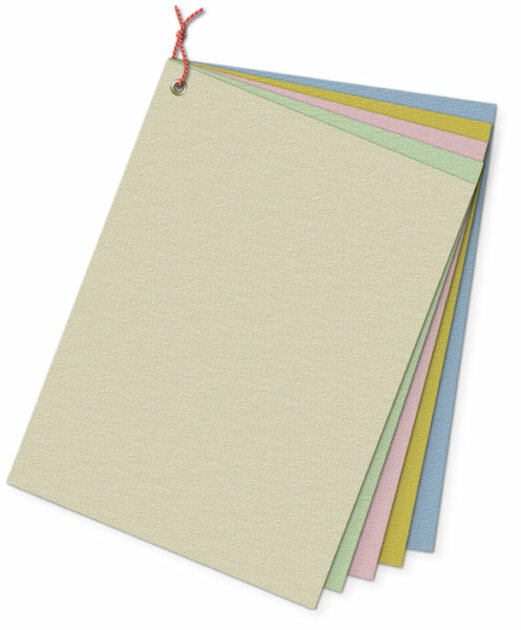
Our Gemara on Amud Beis describes the Cherubim as two human child forms. There is something odd about the entire concept of having Cherubim in the holy of Holies. One of the most taboo objects in the Torah are graven images. In fact, the Rambam in the beginning of the Laws of Idolatry lists no less than 49 negative prohibitions and two positive Commandments regarding idolatry. How then can we account for graven images in what is arguably the holiest place on earth? This same question is reported by Eichah Rabbah (Pesicha 9), that the Gentile conquerors upon entering the sanctuary, wondered how the Jews, who were proud of themselves for not having graven images, had the Cherubim in the sanctuary.
Maharal Tiferes Yisrael (46) answers this question in a tautological fashion. If Hashem commanded the formation of the Cherubim, then they are no different than any of God’s other creations and exist within His will. I am not 100% clear, but I think Maharal is saying that from God's perspective creating a human being is the same as creating a statue of a human being. If he is “allowed” to create one, then he is allowed to create another. There is a Midrash Aggadah (Shemos 25:18) that seems to saying the same thing:
Are we not prohibited from making a statue and any form (Exodus 20: 4)? The answer is, for You it is a prohibition, but for me it is a positive commandment, as in the case of desecrating the Sabbath by offering the two Sheep of the daily Tamid sacrifice.
Chizkuni (Shemos 25:2) makes an interesting point that the Cherubim faced each other, which acts as a disclaimer for idolatry. That is, it is counterintuitive that a deity would be facing another deity instead of its subjects.
My take on all this is that we see on a certain level, the Torah does not try to change human nature but rather work with it productively. There is a need for symbols in human experience to channel higher orders of emotional and spiritual awareness. Theoretically, we could imagine accepting the yoke of heaven on us, but it doesn’t work the same as actually wearing tefilin on our heads and arms, or having a Mezuza on our door posts. At the end of the harvest, we could theoretically imagine and appreciate God‘s blessings, but it’s not the same as actually holding the four species and waving them in all directions. We could imagine throwing away our sins, but it is not the same as throwing the scapegoat over the cliff, or in modern times, going to do Tashlich. There are certain symbolic expressions that must be enacted. So too, the replication of some heavenly entourage is represented within the sanctuary, and it is an inescapable human need that we have concrete symbols. And as much as the Torah limits the human indulgence in concrete worship and expands the ability for abstract awareness, the limits of what can be achieved in human nature must be respected. So idolatry is forbidden, and even images of the human form that are not idolatrous are also forbidden, yet the expression cannot totally be snuffed out. Much of this has been said, albeit in different words with somewhat of a different purpose in the Moreh Nevukhim (III:32) where the Rambam offers his explanation for the function and purpose of sacrifices.
Source material obtained partially from Rav Yitschok Levi ( https://www.etzion.org.il/he/tanakh/studies-tanakh/core-studies-tanakh/keruvim-holy-holies-and-prohibition-idolatry )
Translations Courtesy of Sefaria, except when, sometimes, I disagree with the translation ![]()
If you liked this, you might enjoy my Relationship Communications Guide. Click on the link above.
Rabbi Simcha Feuerman, Rabbi Simcha Feuerman, LCSW-R, DHL is a psychotherapist who works with high conflict couples and families. He can be reached via email at simchafeuerman@gmail.com
 Previous
Previous

